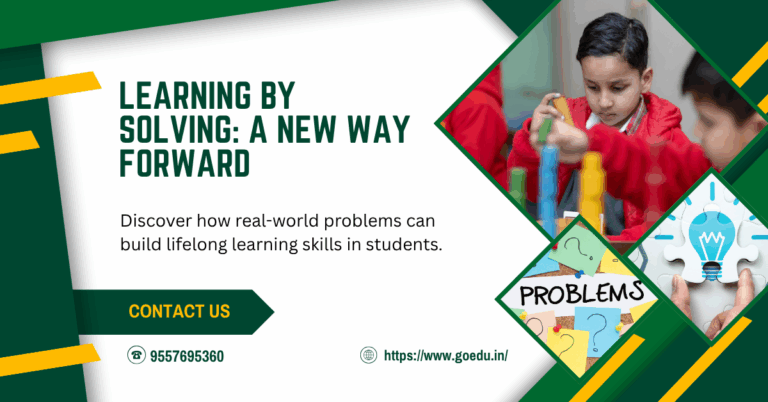In today’s evolving educational landscape, Hybrid Mode has emerged as a pivotal approach to learning, blending in-person and online education. For parents and students navigating this new terrain, understanding and leveraging Hybrid Mode can be the key to academic success and personal growth.
This article explores the benefits, strategies, and essential tips to make Hybrid Mode work effectively for your family.
What is Hybrid Mode?

It refers to a flexible learning system that combines traditional face-to-face classroom instruction with online learning. This approach allows students to attend classes in person on some days while engaging in virtual learning on others.
It aims to offer the best of both worlds, providing the social interaction and hands-on experiences of in-person learning alongside the flexibility and accessibility of online education.
Benefits of Hybrid Mode for Students

Enhanced Flexibility
One of the standout advantages of Hybrid Mode is the flexibility it offers. Students can balance their academic responsibilities with extracurricular activities, part-time jobs, or family obligations more effectively.
This adaptability helps cater to diverse learning styles and personal schedules, making education more accessible and manageable.
Personalized Learning Experience
Hybrid Mode allows for a more personalized learning experience. With online resources and digital tools, students can learn at their own pace, revisit challenging concepts, and explore topics that interest them deeply.
This individualized approach can lead to better comprehension and retention of information.
Improved Technological Skills
In a Hybrid Mode setting, students interact with various digital platforms and tools regularly. This exposure enhances their technological proficiency, a crucial skill in today’s digital-centric world.
From virtual classrooms to online collaboration tools, students gain valuable experience that prepares them for future academic and professional endeavors.
Enhanced Engagement and Collaboration
It fosters greater engagement through a mix of interactive online activities and in-person discussions. Collaborative projects can be conducted both virtually and face-to-face, encouraging students to develop teamwork and communication skills in diverse environments.
Tips for Students to Succeed in Hybrid Mode
Stay Organized
Keeping track of assignments, deadlines, and schedules is crucial in a Hybrid Mode setting. Utilizing planners, digital calendars, or task management apps can help students stay organized and manage their time effectively. Staying on top of responsibilities reduces stress and ensures that nothing falls through the cracks.
Develop Strong Time Management Skills
Balancing in-person and online classes requires effective time management. Students should prioritize tasks, set achievable goals, and break down larger projects into manageable steps. Developing these skills not only aids in academic success but also prepares students for future challenges.
Engage Actively in Both Environments
Active participation is key to thriving in Hybrid Mode. Whether attending virtual lectures or in-person classes, students should engage with the material, ask questions, and participate in discussions.
Active engagement enhances understanding and makes learning more enjoyable and effective.
Take Advantage of Online Resources
Hybrid Mode provides access to a wealth of online resources, including educational videos, interactive simulations, and digital libraries. Students should take advantage of these tools to supplement their learning, explore new topics, and reinforce their understanding of course material.
Maintain a Healthy Balance
Balancing academic responsibilities with personal well-being is essential. Students should ensure they get adequate rest, maintain a healthy diet, and engage in physical activities. Taking breaks and managing stress effectively contribute to overall well-being and academic performance.
Tools and Resources for Hybrid Mode Learning
Learning Management Systems (LMS)
Platforms like Google Classroom, Canvas, and Moodle facilitate the organization and distribution of course materials, assignments, and assessments.
These systems streamline communication between students and teachers, making it easier to stay updated on academic requirements.
Collaboration Tools
Tools such as Zoom, Microsoft Teams, and Google Meet enable seamless virtual interactions, allowing students to participate in live classes, group projects, and study sessions. These platforms support real-time collaboration and communication, enhancing the hybrid learning experience.
Educational Apps and Software
Numerous educational apps and software can support Hybrid Mode learning. Tools like Khan Academy, Quizlet, and Duolingo offer interactive lessons, practice exercises, and personalized learning paths that cater to different subjects and skill levels.
Digital Note-Taking Tools
Apps like Evernote, OneNote, and Notion help students organize their notes, track assignments, and manage their study materials efficiently. These tools promote better organization and accessibility, making it easier to review and retain information.
Conclusion
Hybrid Mode presents a unique opportunity for students and parents to embrace a flexible, personalized, and technologically enriched learning experience. By understanding the benefits, implementing effective strategies, and utilizing available resources, families can unlock the full potential of Hybrid Mode.
With the right support and approach, Hybrid Mode can indeed be the secret to success for students, paving the way for academic achievement and personal growth in an ever-changing world.










